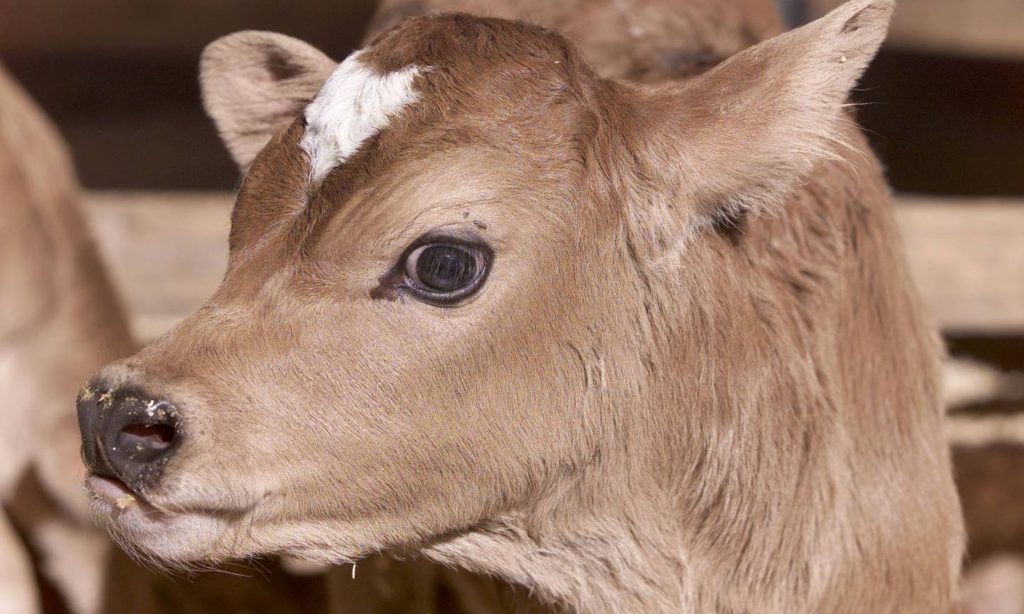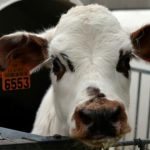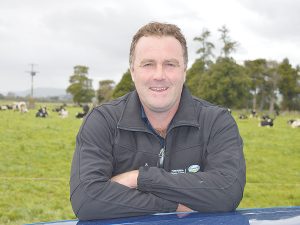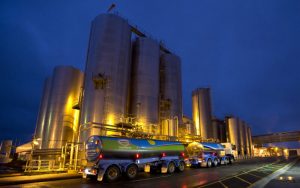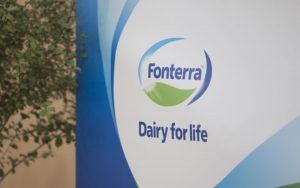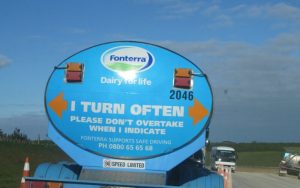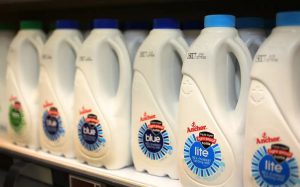
The mistreatment of bobby calves has previously come under scrutiny after being killed on farms because they had no financial value, and mistreated by contractors who picked them up to transport them to meatworks.
The calves were usually taken from their mothers soon after birth.
In an update of its terms of supply, the co-operative told farmers that from the middle of this year all bobby calves should be raised for beef, slaughtered for calf-veal, or pet food market.
This is to ensure they “have a useful life” Fonterra says in its terms of supply document.
Rabobank agricultural analyst Genevieve Steven said the new requirement could be the catalyst to start a number of welfare, emission reductions and niche market benefits the industry had long investigated.
Steven said there could be benefits if the beef and dairy industry worked together to use bobby calves better.
However, the industry first needed to find ways to manage the increased need for bobby calf processing, she said.

When Fonterra announced the decision a number of farmers said their farms could not handle the extra calves, there was not enough labour to take care of them and there were not enough calf rearers to raise calves.
Steven said the new requirements would result in a significant jump in the number of bobby calves to process each year.
The meat industry was concerned about its ability to process more bobby calves because of a shortage of workers and the short timeframe inwhich bobby calves were born between August and October, Steven said.
The dairy and beef industry could reduce its overall emission profile if it raised bobby calves for beef, she said.
Dairy cattle raised for beef had significantly lower emissions per kilogram of product they produced because emissions from dairy were attributed to milk production and not assigned to the animals raised as beef, Stevens said.
“The beef sector could also benefit from genetic research to find low emissions traits, and the use of methane reducing technologies in the dairy industry, that reduced the emissions profile of dairy beef calves in the beef supply chain.”
However, dairy cattle raised for beef did not produce as much meat as normal beef cattle.
If the sectors worked together they could find a way to cross dairy and beef cattle to have bobby calves that could be raised as beef animals with good meat properties, Steven said.
A niche veal market could also be an option. Meat from calves up to seven months old is considered veal in many countries, with rose veal (from bobby calves raised for up to 12 months) also sold as an export product.
This would solve the bobby calf processing challenge as well as add to their value, and could form part of a net-zero carbon meat opportunity, Steven said.,

New Zealand veal from older calves could be sold at a premium and compete with European suppliers, she said.
Beef and Lamb, farming excellence and genetics general manager Dan Brier, said about a third of animals slaughtered for meat in New Zealand were from dairy beef animals that started their lives as bobby calves.
The million-dollar question was how to convince farmers to raise bobby calves for meat because they needed a return on investment, Brier said.
There was not enough value created to benefit everyone involved and make it a good business proposition, he said.
Sexed semen, that assured farmers only female calves were born, could mean fewer bobby calves were in the market, he said.
Another way to have fewer bobby cows was would be to extend cows’ lactation periods, he said.
An extended lactation period meant cows would calve twice in three years, instead of every year, Brier said.
The industry was not concerned about the welfare of calves, and was confident farmers made sure calves needs were met, he said.
The issue was how consumers felt about farm practices, he said.
Meat Industry Association chief executive Sirma Karapeeva said Fonterra had been asked for an estimate of the potential increase in supply given the change in supply conditions.
The association had also engaged with meat processors about the need for increased processing capacity.
The markets would absorb an increase in supply, she said.
Fonterra Farm Source group director Anne Douglas, said the cooperative could not afford complacency as consumers became more interested in how food was produced.
Other countries and companies had already introduced policies and assurance schemes that provided consumer guarantees about the treatment of calves on farms, Douglas said.
Fonterra had been working with meat processors, transporters, petfood processors and other industry groups on changes that could be made to support farmers under the new terms of supply, she said.
